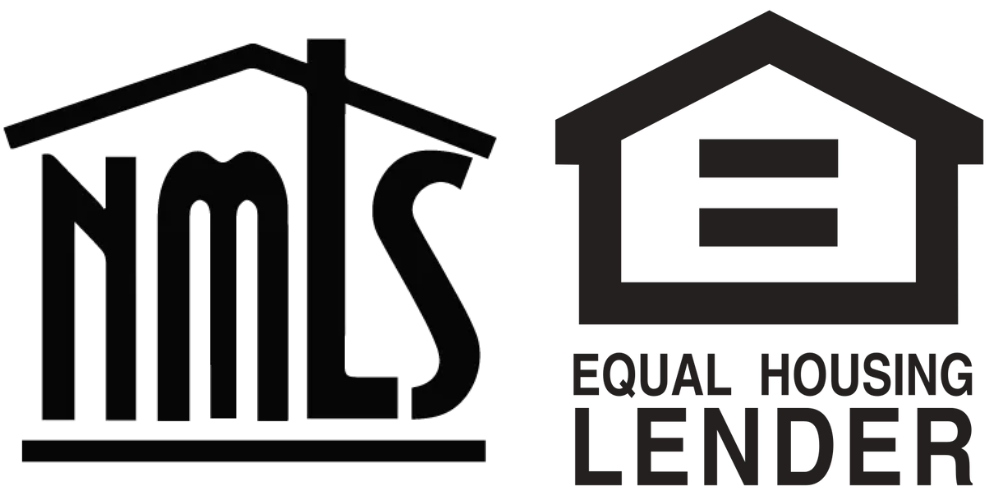Understanding PPP Loan Forgiveness: A Lifeline for Small Businesses
In early 2020, as the pandemic shuttered doors and dimmed the open signs in windows of small businesses across the country, the U.S. government stepped in with a financial life preserver: the Paycheck Protection Program (PPP). Designed to help small businesses keep their workforce employed during the COVID-19 crisis, the PPP offered loans that could be fully forgiven under certain conditions. As we edge into a post-pandemic world, understanding the intricacies of PPP loan forgiveness can significantly influence your business’s financial health.
What Is PPP Loan Forgiveness?
PPP loan forgiveness means that the loan you took out to keep your business afloat during the pandemic doesn’t have to be repaid, provided you meet specific criteria centered around maintaining employee and salary levels. Here’s the kicker though—it’s not automatic. You need to apply for forgiveness and prove that you've used the funds according to the program's guidelines.
Eligibility Requirements for Forgiveness
To have your PPP loan forgiven, you must adhere to the following criteria:
- Payroll Maintenance: The primary purpose of the PPP loan is to support payroll. At least 60% of the forgiven amount must have been spent on payroll costs, including benefits. Keeping headcount and wages steady is crucial.
- Non-Payroll Costs: Up to 40% of the loan may be used for legitimate business expenses like rent, mortgage interest, and utilities, and still be eligible for forgiveness.
- Coverage Period: The expenses must be incurred over a specific period, typically 8 to 24 weeks, starting from the loan disbursement date.
The Forgiveness Application Process
Applying for forgiveness involves a few detailed steps:
- Documentation: Gather your documentation such as payroll records, tax filings, and proof of rent, utility, and mortgage interest payments.
- Application Form: Complete the loan forgiveness application form provided by the SBA and submit it to the lender that serviced your PPP loan.
- Lender Review: Your lender has 60 days to review the application and forward it to the SBA, who then has 90 days to make a decision on your application.
Common Pitfalls to Avoid
Avoid these common mistakes to ensure a smoother forgiveness process:
- Misallocation of Funds: Using the loan for non-eligible expenses is a surefire way to jeopardize forgiveness.
- Insufficient Documentation: Keep meticulous records. Lack of proper documentation is a common reason for denial.
- Missing the Application Deadline: Keep track of your deadlines to ensure you apply on time.
Tax Implications
Originally, the IRS stated that expenses covered by PPP loans weren’t deductible if the loan was forgiven. However, this was overturned by the Consolidated Appropriations Act, 2021, allowing businesses to deduct these expenses on their federal tax returns, which provides further relief.
What’s Next for Small Business Owners?
Staying informed about changes and updates to the PPP guidelines is crucial as government policies continue to evolve. Partnering with financial experts like Jason Waters Lending Team can help navigate these waters smoothly.
Conclusion: Your Path to Forgiveness
The journey to PPP loan forgiveness may seem daunting, but with a clear understanding and strategic planning, it's definitely navigable. Remember, this isn't just about financial recovery—it's about setting your business up for sustained success in the post-pandemic world.
Need more detailed guidance or have specific questions? Feel free to reach out to the Jason Waters Lending Team. We’re here to help you maximize your PPP loan forgiveness and propel your business forward.
NMLS #1181151
Affinity Home Lending LLC, NMLS ID #1181151
NMLS Consumer Access NMLS # 623984
Georgia RMLO# 57874
Affinity Home Lending Licensed States:
GA# 42129 • AL# 23111 • CO# 1181151
FL# MLD2157 • MS# 1181151 • NC# L214519
OH# RM804930 • SC# L214519 • TN# 182797
TX# 1181151 • VA# MC7205
Equal Housing Opportunity Lender. Figures deemed reliable, but errors may occur. Rates and terms subject to change without notice. This is not an offer to make a loan or to make a loan on any particular terms. All loan applicants must qualify under the underwriting requirements and satisfy all contingencies of loan approval.
Copyright ©2024 Affinity Home Lending. All Rights Reserved.
An AgencyNext Production.

